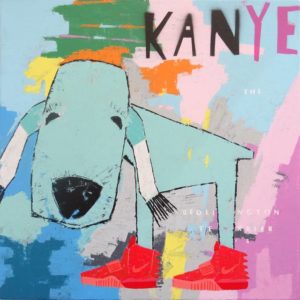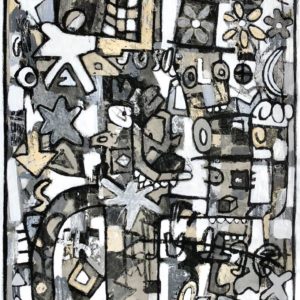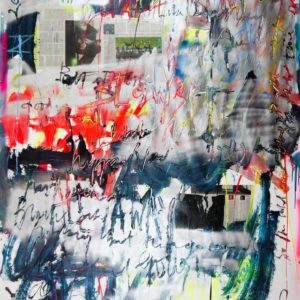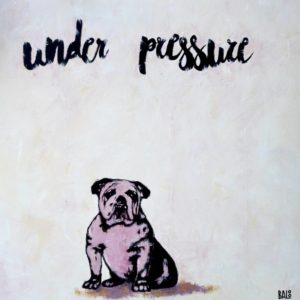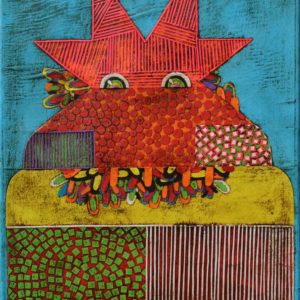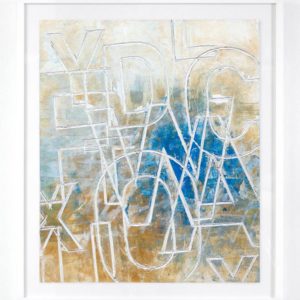Art History 101
The Birth of Street Art
Street art’s versatile and revolutionary nature has increasingly attracted collectors in recent years. The artform was originally associated with controversial guerrilla art practices, when artists like Lee Quiñones graffitied stylized tags in urban spaces. Street art stars, including the likes of Jean-Michel Basquiat and Banksy, helped garner further attention for the style. Today, street artists are commissioned to create murals in public spaces, and museums, galleries, and collectors have shown a keen interest in these works. How has street art evolved through the decades?
History of Street Art
Street art is deeply rooted in the revolutionary practices of those who identified with various subcultures linked to class, race, or gender. 1970s and 1980s New York City witnessed the graffiti boom, a time when artists influenced by rap, hip-hop, punk, and new wave countercultures took to the streets to communicate with members of their private groups. These artists spray-painted stylized lettering in public spaces (walls, restrooms, subway cars). The medium evolved as artists tackled current political and social issues and introduced more visual elements in their compositions. Street art emphasized a political message, usually one of protest, and continued to place art in untraditional venues. Galleries and museums, however, also showed an interest. In 2011, for example, the Museum of Contemporary Art in Los Angeles held the first major U.S. museum survey of street art. Though there is still debate as to whether the practice is art or vandalism, street art has garnered quite a following today.
Street Art Characteristics
Street art is often created in public spaces and usually elicits a strong political or social message. Street art is historically linked to breaking from traditional practices, be it in terms of subjects or artistic styles. Artists often incorporate elements of graffiti in their works, adding large bubble lettering or smaller decorative script. Scale and time are often important factors in creating street art, given the fact that many of these works are created illegally. Many artists use spray paint and stencils to paint large surfaces, like walls, in a short amount of time. Others are interested in new approaches to the artform, instead using materials like posters, stickers, yarn, and even video projections to leave their marks on the urban environment.
Key Street Artists
Key figures in the history of street art came to prominence during the New York City graffiti boom. Lee Quiñones is famous for his “Stop the Bomb” subway car (1979), which he covered with spray paint lettering. Jean-Michel Basquiat first started tagging his pseudonym SAMO across New York and later channeled these graffiti elements into his canvas street art paintings. Keith Haring, known for his animated childlike style, gained recognition for his subway drawings and went on to create large-scale public murals. More contemporary famed street artists include Banksy, who typically stencils solid black figures with witty messages, and Shepard Fairey of Obey brand fame. Other famous street art figures include Fred Brathwaite, AVANT, René Moncada, Futura 2000, TAKI 183, and John Fekner.
As artists continue to innovate their techniques, collectors have grown increasingly attracted to the bold messages and animated forms of street art.
Love reading about all things art? You can have articles from Canvas, curated collections and stories about emerging artists delivered straight to your inbox. Sign up for the Saatchi Art Newsletter.
